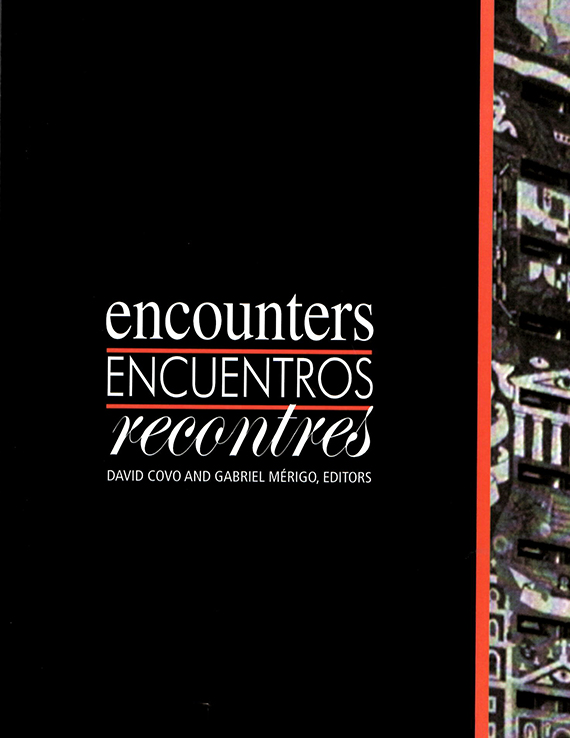Author(s): Craig S. Griffen
Drawings and images have long been a useful language of communication across cultures. Their use is increasing among manufacturers to describe their products to consumers who speak a wide array of languages. However with the need to make icons and images universally recognizable, they can get reduced to stereotypes that favor a dominant, usually western culture. These simple, watered down images can be limiting to a student’s imagination if they constrain an object’s typology to a proscribed set of qualities. This paper describes a pedagogy I use in my studio course to make students aware of their culturally-imposed architectural biases towards program types and construction materials to help open their minds and think in broader terms about all the possible forms an object can take.
Volume Editors
David Covo & Gabriel Mérigo Basurto
ISBN
0-935502-57-2

 Study Architecture
Study Architecture  ProPEL
ProPEL 
